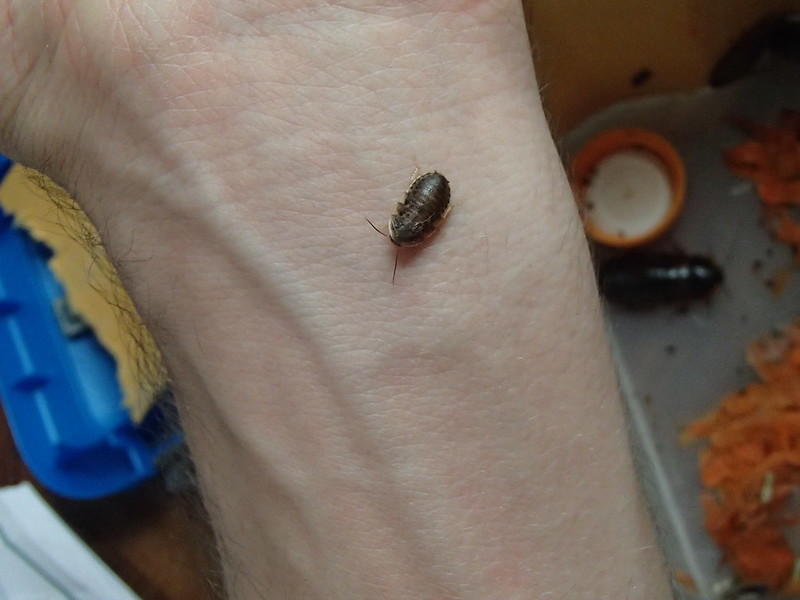Are Crickets the Best Food for Insectivores?
If you keep a lizard, you most likely feed it insects much of the time, and crickets are one of the most easily found and affordable options. They’re also palatable for most lizards, including geckos, bearded dragons, and chameleons.
The question is, however, are crickets really the best food you can be giving to your reptile?
Gut loading or calcium powdering the crickets certainly makes them a more nutritionally balanced meal for lizards, but there are, of course, other feeder insect options. Let’s take a look at a few feeder insects and which ones provide the best nutrition to insectivores, as well as the most convenience to the exotic pet keeper.
First, don’t worry if you’re feeding crickets
Crickets are the most popular feeder insect for insectivores, and you’re not doing your reptile any harm if you’re feeding crickets. They are nutritious, especially when gut loaded or sprinkled with a calcium or multivitamin supplement.
But you have other feeder options
Specifically, there are two readily available feeder insects that can be fed in place of crickets (or supplement a primarily cricket diet):
Mealworms
Mealworms have a similar nutritional profile to crickets, but they are an excellent source of protein, providing a bit more of this macronutrient than crickets do. To make mealworms a nutritionally balanced meal, they also need to be gut loaded or sprinkled with calcium.
Dubia roaches

Dubia roaches are probably the most nutritious option to feed your insectivore. In fact, you can get away with occasionally feeding dubia roaches without gut loading or dusting with calcium. That being said, even these nutritious insects are a better offering when gut loaded or dusted.
Other benefits of alternative feeder insects
Aside from potential nutrition boosts, there are other advantages to changing out crickets for mealworms or dubia roaches. The biggest advantage is that these other insects are much more convenient to raise and keep yourself.
Crickets have a short lifespan and must be continuously bred and rotated out. Mealworms, on the other hand, stay in the worm state for a couple of months, and you can expand that state by keeping them refrigerated with airflow, which slows their metabolism. (Mealworms mature into darkling beetles, but you should feed them to your lizard in the mealworm stage.)
Dubia roaches can live up to two years, making them much easier to keep. Even if you don’t want to breed them, you won’t have to buy them very often, unlike crickets, which have to be bought continuously if you don’t breed them yourself.
Over the course of time, the roaches will grow, which means you’ll have a variety of sizes of roaches over their lifetime. Whether the larger roaches can be fed to your exotic pet depends on the animal’s species and size. The growth is slow, though, so you should be able to feed them for a large window of their life.
Roaches are also extremely hardy, unlike crickets, which die often and need to be cleared out to prevent disease.
Who thought crickets were a good idea?
A few other thoughts to consider when selecting a feeder insect. Crickets are smelly, loud roommates. This makes them fairly undesirable to keep in your house.
Mealworms and dubia roaches, on the other hand, don’t make any sound, and as long as you don’t keep the humidity too high, they don’t smell.
Additionally, crickets are notorious for getting out of their containers and also biting you when you take try to take them out. Mealworms and dubia roaches, however, cannot climb the smooth sides of glass or plastic containers, and they do not bite.
Some people are grossed out by the idea of having mealworms or roaches in their house, but they really are more convenient than crickets in almost every way.
(One note in defense of crickets is that they are very active, which makes them a good food for reptiles that respond primarily to motion from their prey, but you can always wiggle around other foods in a pair of tongs.)
Follow the blog here at The Tye-Dyed Iguana to get more information on reptile keeping tips, and keep an eye out for guides on how to care for mealworms and dubia roaches.
